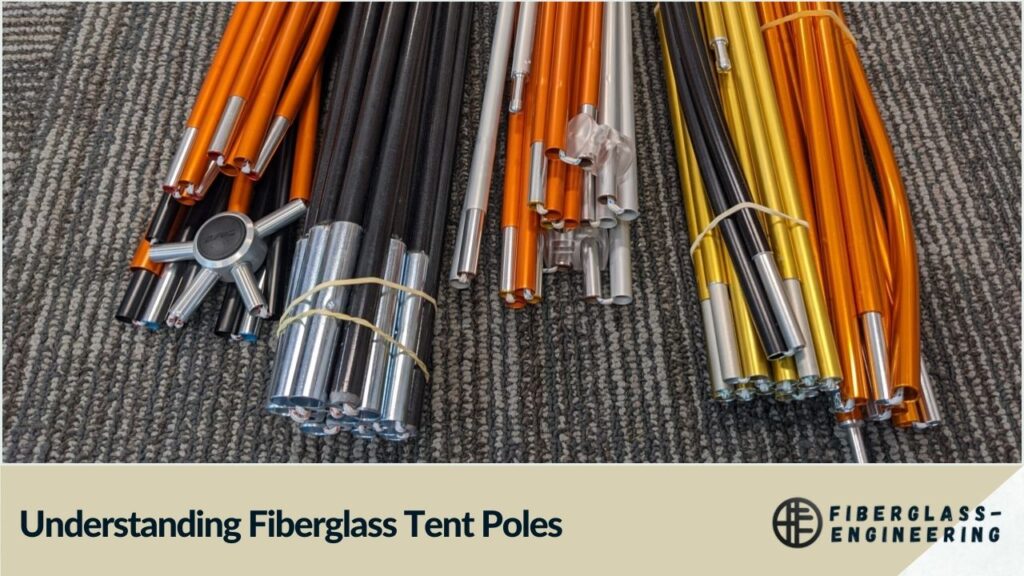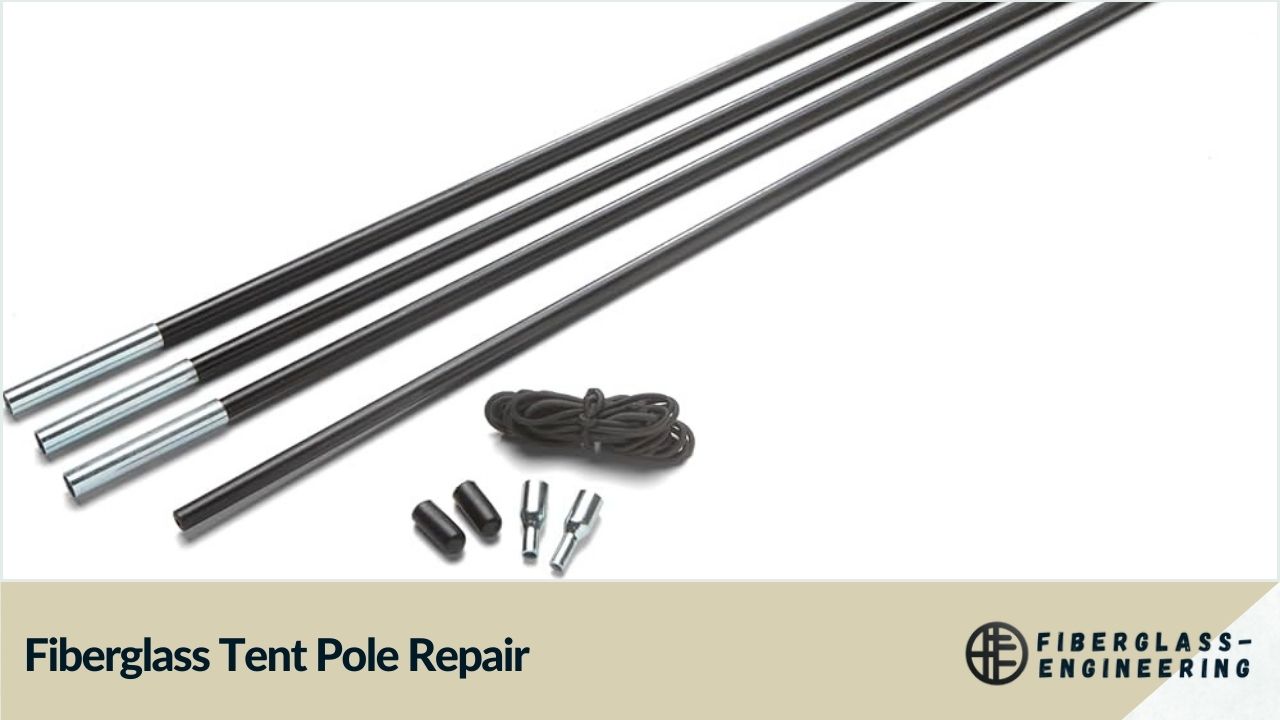Camping enthusiasts know that a reliable tent is essential for a successful outdoor adventure. However, even the most durable tents can suffer from wear and tear, with fiberglass tent poles being particularly susceptible to damage. This comprehensive guide will walk you through the process of repairing split fiberglass tent poles, ensuring your camping gear remains in top condition for years to come.
Understanding Fiberglass Tent Poles

Fiberglass tent poles are popular due to their lightweight nature and flexibility. However, these qualities also make them prone to splitting or cracking, especially under stress or extreme weather conditions. Recognizing the signs of damage early can prevent further issues and extend the life of your tent.
Common causes of fiberglass tent pole damage include:
- Improper storage or handling
- Excessive force during setup or takedown
- Exposure to harsh weather conditions
- Age and general wear and tear
Essential Materials for Repair
Before attempting to repair your fiberglass tent poles, gather the following materials:
- Fiberglass tent pole repair sleeves
- Duct tape or specialized tent pole repair tape
- Scissors
- Measuring tape or ruler
- Fine-grit sandpaper
- Two-part epoxy adhesive
- Disposable gloves
- Clean cloth
Having these items on hand will ensure a smooth repair process and increase the chances of a successful fix.
Step-by-Step Repair Process
1. Assess the Damage
Carefully examine the damaged pole to determine the extent of the split or crack. If the damage is minor, a simple repair sleeve might suffice. For more severe damage, you may need to replace the entire section.
2. Measure and Prepare
Measure the damaged section of the pole and cut the repair sleeve to size. The sleeve should be slightly longer than the damaged area to provide adequate coverage and support. Use sandpaper to gently roughen the surface of the damaged pole and the inside of the repair sleeve, as this will help the adhesive bond more effectively.
3. Apply Adhesive
Put on disposable gloves and mix the two-part epoxy according to the manufacturer's instructions. Apply a thin, even layer of epoxy to the damaged area of the pole and the inside of the repair sleeve. Be careful not to use too much adhesive, as excess can interfere with the pole's flexibility.
4. Attach the Repair Sleeve
Slide the repair sleeve over the damaged section, ensuring it's centered and covers the entire affected area. Rotate the sleeve to distribute the adhesive evenly. Wipe away any excess epoxy with a clean cloth.
5. Secure and Allow to Cure
Use duct tape or specialized tent pole repair tape to hold the repair sleeve in place while the adhesive cures. Follow the epoxy manufacturer's instructions for curing time, which typically ranges from 24 to 48 hours.
6. Test and Finish
Once the adhesive has fully cured, remove the tape and gently flex the repaired section to ensure it can withstand normal use. If the repair feels secure, your tent pole is ready for action.
Preventive Maintenance
To avoid future damage to your fiberglass tent poles, consider these preventive measures:
- Store your tent properly: Keep it in a cool, dry place when not in use.
- Handle poles with care during setup and takedown.
- Regularly inspect poles for signs of wear or damage.
- Consider using a groundsheet to protect your tent from abrasive surfaces.
Alternative Repair Methods
While the repair sleeve method is highly effective, there are alternative approaches for emergency situations:
Splint Method
For a temporary fix, you can create a splint using a sturdy stick or another rigid material. Place the splint along the damaged section and secure it tightly with duct tape or cordage.
Tent Pole Repair Kit
Many outdoor retailers offer specialized tent pole repair kits. These often include pre-sized sleeves, adhesive, and sometimes replacement shock cord. Having a repair kit in your camping gear can be a lifesaver during unexpected emergencies.
When to Replace Instead of Repair
While many fiberglass tent pole issues can be repaired, there are situations where replacement is the better option:
- Multiple breaks or splits in the same pole
- Extensive splintering or shattering
- Poles that have been repaired multiple times
- Significant loss of flexibility or strength
In these cases, contacting the tent manufacturer for replacement parts or considering a new tent might be more cost-effective in the long run.
Conclusion
Repairing fiberglass tent poles is a valuable skill for any camping enthusiast. With the right materials and techniques, you can extend the life of your tent and save money on replacements. Remember to always assess the damage carefully and choose the most appropriate repair method for your situation. By maintaining your gear properly and addressing issues promptly, you'll ensure many more comfortable nights under the stars.
FAQs
- How long does a fiberglass tent pole repair take?
The actual repair process takes about 30 minutes, but curing time is typically 24-48 hours. - Can I use any type of glue for the repair?
No, a two-part epoxy specifically designed for fiberglass is recommended for best results. - Are repaired tent poles as strong as new ones?
Properly repaired poles can be nearly as strong, but may have slightly reduced flexibility. - How can I prevent fiberglass tent pole damage?
Handle poles gently, store them properly, and avoid setting up tents on rough surfaces. - When should I replace my tent poles instead of repairing them?
Replace poles with multiple breaks, extensive splintering, or those that have been repaired several times.

